Shipping calculated at checkout
Couldn't load pickup availability
Questions about this product? Ask our scientist!
Minute™ ER Enrichment Kit (20 Preps)
SKU:Cat #: ER-036
Manual & Protocol | MSDS
The endoplasmic reticulum (ER) is a significant membranous structure that bridges the nuclear membrane and the plasma membrane, serving as a pivotal player in the exocytic pathway of protein trafficking in all eukaryotic cells. Proteins synthesized in the cytoplasm are directed to the ER, from where vesicles transport protein cargo to the Golgi apparatus, leading to subsequent fusion with the plasma membrane.
Traditional ER isolation methods rely on density gradient ultracentrifugation, a process demanding a substantial amount of starting material. These methods can be laborious, time-consuming, and often result in notable cross-contamination. Remarkably, all existing commercial kits for ER isolation are based on techniques developed in the 1970s. In a departure from these traditional approaches, the Minute™ ER enrichment kit stands out in the market by harnessing patented spin-column-based technology. This innovative method is not only straightforward and rapid but also requires only a small quantity of starting cultured cells or tissues.
This kit excels at differentially precipitating native ER, primarily rough ER, from cultured cells and tissues, all without the need for a Dounce homogenizer or ultracentrifugation. The entire protocol can be completed in approximately two hours.
Compare with Other ER Isolation Kits

|
Items |
Quantity |
|
Buffer A |
20 ml |
| Buffer B | 1 ml |
| Buffer C | 1 ml |
| Buffer D | 10 ml |
| Plastic Rods | 2 Units |
| Filter Cartridge | 20 Units |
| Collection Tubes | 20 Units |
References

